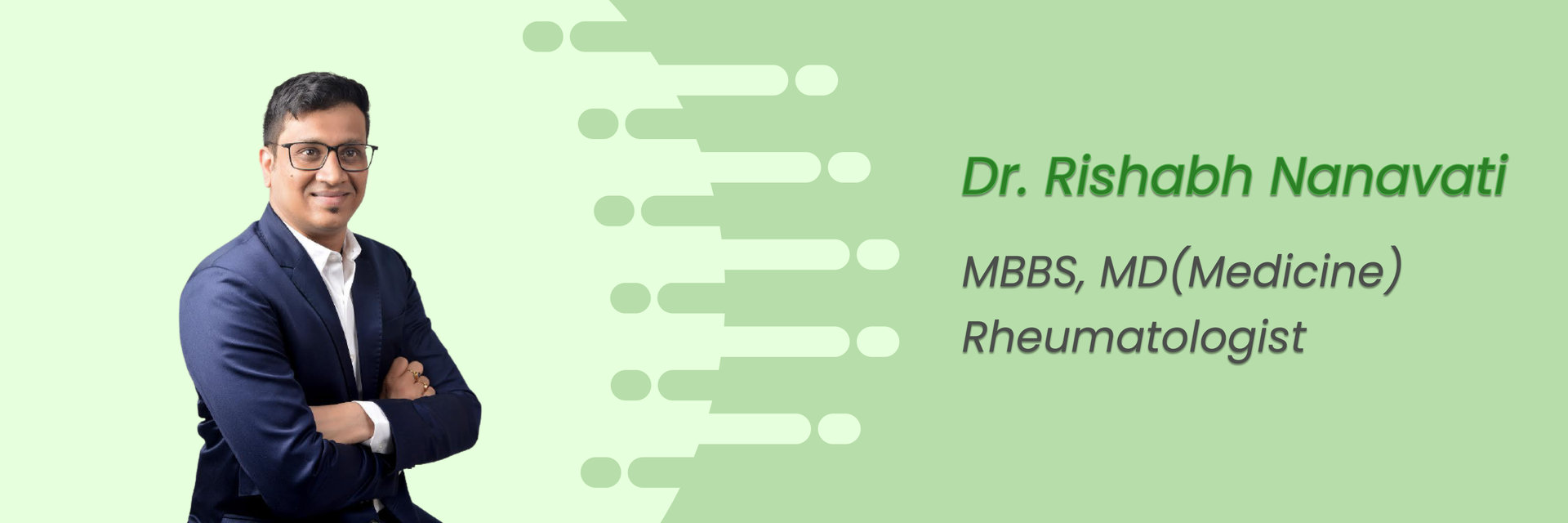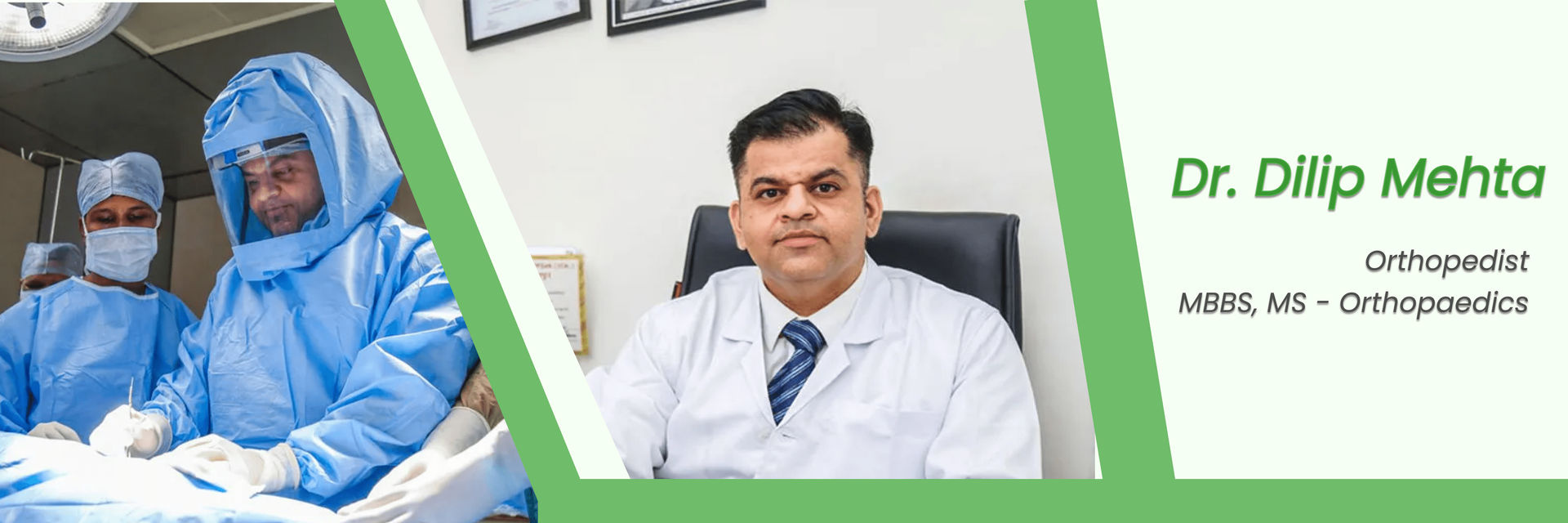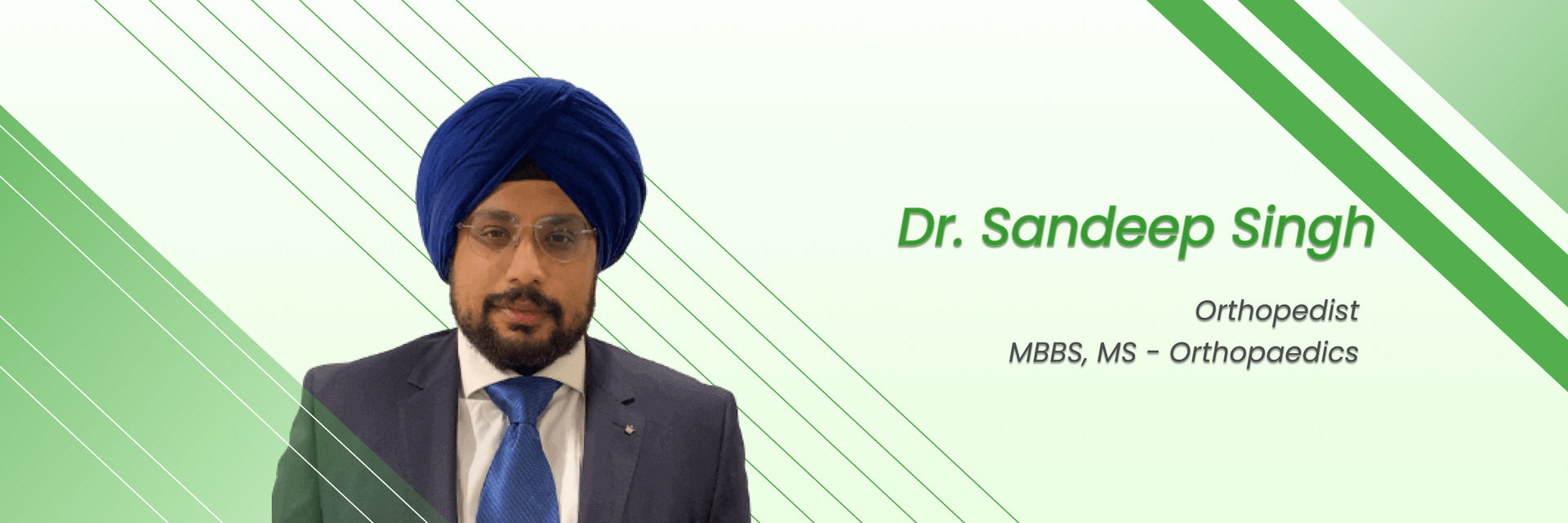Introduction
Osteoarthritis is one of the most common joint problems that people face as they grow older, but now even younger people are experiencing it due to lifestyle changes, lack of activity, obesity, and injuries. When the knee joint or other joints start hurting badly, it is often due to cartilage wearing off, which makes the bones rub directly against each other. This can cause stiffness, swelling, pain, and limited mobility. Many traditional options like hyaluronic acid injections, laser therapy, and medications are tried for pain management, but still, the problem keeps coming back. Connect with top medical professionals to know more about stem cell therapy as an option for osteoarthritis. This is where new advancements like stem cell therapy are giving hope to patients who are struggling every day with knee inflammation and searching for long-term pain relief. Stem cell treatment is now being seen as a big revolution in regenerative medicine, stem cells, and a way to restore damaged tissues rather than just masking the pain with drugs.
Understanding What Is Osteoarthritis
Osteoarthritis is, in essence, the "wear and tear" type of arthritis. Whereas rheumatoid arthritis and gout arthritis are more associated with autoimmune or metabolic disorders, osteoarthritis occurs largely as a result of age, chronic wear and tear on joints, or trauma. It is the most prevalent type of arthritis, and the reasons for osteoarthritis are associated with cartilage degeneration. When the cartilage wears thin or is damaged, no cushioning remains between the bones, and friction, pain, and swelling follow. That is the reason why so many experience stiffness in the morning or after sitting for prolonged periods. The osteoarthritis medication that doctors commonly prescribe consists of NSAIDs, steroids, or anti-inflammatory medications. At times, hyaluronic injections or hyaluronic acid injections are recommended for lubrication. But they are temporary solutions. Patients keep on visiting repeatedly for treatments, and in extreme conditions, knee replacement is recommended. The issue is that knee replacement surgery is expensive, painful, and also requires a long recovery period. Individuals are now searching for alternative options like stem cell research-supported therapies, adult stem cells, and mesenchymal stem cells treatment options for long-lasting and improved results.

What Is Stem Cell Therapy
Stem cell therapy is an area of Stem Cell Research and regenerative medicine stem cells in which physicians employ adult stem cells, cord blood stem cells, or even umbilical cord blood banking cells to assist in repairing damaged tissues. The therapy does not merely reduce inflammation with anti-inflammatory drugs, but also regenerates cartilage and induces healing in the knee joint. Stem cell donation or stem transplant procedures can be employed, and in most instances, stem cells from umbilical cords are employed for maximum cell viability. Stem cells are unique as they can differentiate into other cell types, such as cartilage cells or bone cells, and for this reason, they are very beneficial for joint medicine issues. For osteoarthritis, the most prominent type applied is mesenchymal stem cells (MSC), which can decrease inflammation, enhance lubrication within the joint, and trigger natural repair. Even some patients store their own stem cells in stem cell banking or pay for stem cell storage and stem cell preservation services to utilize in the future. Although stem cell storage expense and stem cell preservation expense could be expensive, most individuals find it an investment in long-term health. If you are considering stem cell therapy as a viable treatment option, book an online doctor consultation on our platform in just minutes.
How Stem Cell Therapy Helps Osteoarthritis
The function of stem cell therapy for osteoarthritis is not only pain relief but also addressing the real issue, and that is compromised cartilage and unchecked inflammation. When mesenchymal stem cells are introduced into the target knee joint, they discharge proteins and growth factors that assist in the treatment of inflammation, ease swelling, and retard cartilage degradation. This increases mobility, eases stiffness, and achieves overall improved pain management. In contrast to laser treatment or injections of hyaluronic acid that are effective only for a couple of months, the stem cells act on the tissue level. The cell therapy injections are like allowing the joint an opportunity to heal on its own. Clinical Stem Cell Research has established that MSCs also modulate the immune system, beneficial for patients who also have rheumatoid arthritis treatments. Knee inflammation sufferers usually report significantly improved flexibility and walking function after this treatment.
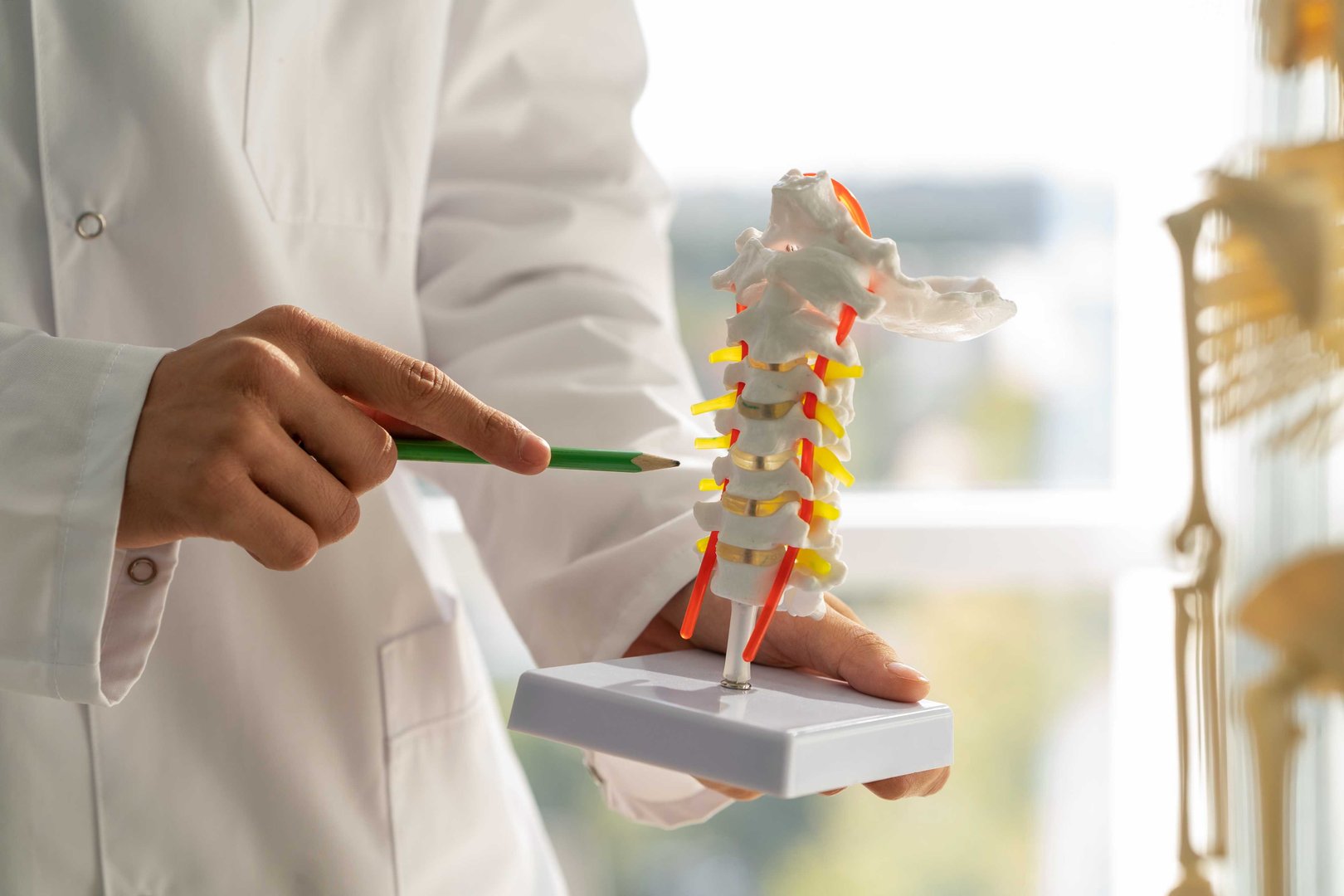
Benefits Of Stem Cell Therapy
The greatest advantage of stem cell therapy for osteoarthritis is that it brings natural relief from pain without relying on heavy medication or surgery. Because it induces cartilage healing, the outcome can be more lasting. Patients do not have to be dependent on osteoarthritis medication such as painkillers or frequent hyaluronic injections. Another benefit is that it enhances joint functionality in general and simplifies daily activities. In contrast to knee replacement, which involves hospitalization, recovery, and risk of complications, stem cell injections are generally outpatient procedures with little downtime. Since adult stem cells and cells from umbilical cord blood banking are biocompatible, there is a lower risk of rejection than with artificial implants. For some, this treatment is a safer alternative to steroids, which have side effects in the long term. Another advantage is the potential use of stem cells to treat other diseases such as gout, arthritis, and rheumatoid arthritis, which usually accompany osteoarthritis.
Risks & Side-Effects Of Stem Cell Therapy
Despite stem cell therapy being quite promising, it is not flawless and has some risks involved. Patients may have temporary inflammation, redness, or pain at the site of injection. There can also be a risk of infection, particularly if the procedure is not carried out in a quality clinic. In some instances, the cell viability might not be optimal, and the therapy cell might not produce expected outcomes. Since stem transplant and stem cell donation procedures are in development, the results can differ between individuals. Some of the patients react positively, but others won't notice much change. Yet another issue is the cost of stem cell storage and stem cell preservation, which makes it less affordable for all. Insurance usually does not cover these procedures, imposing additional costs.
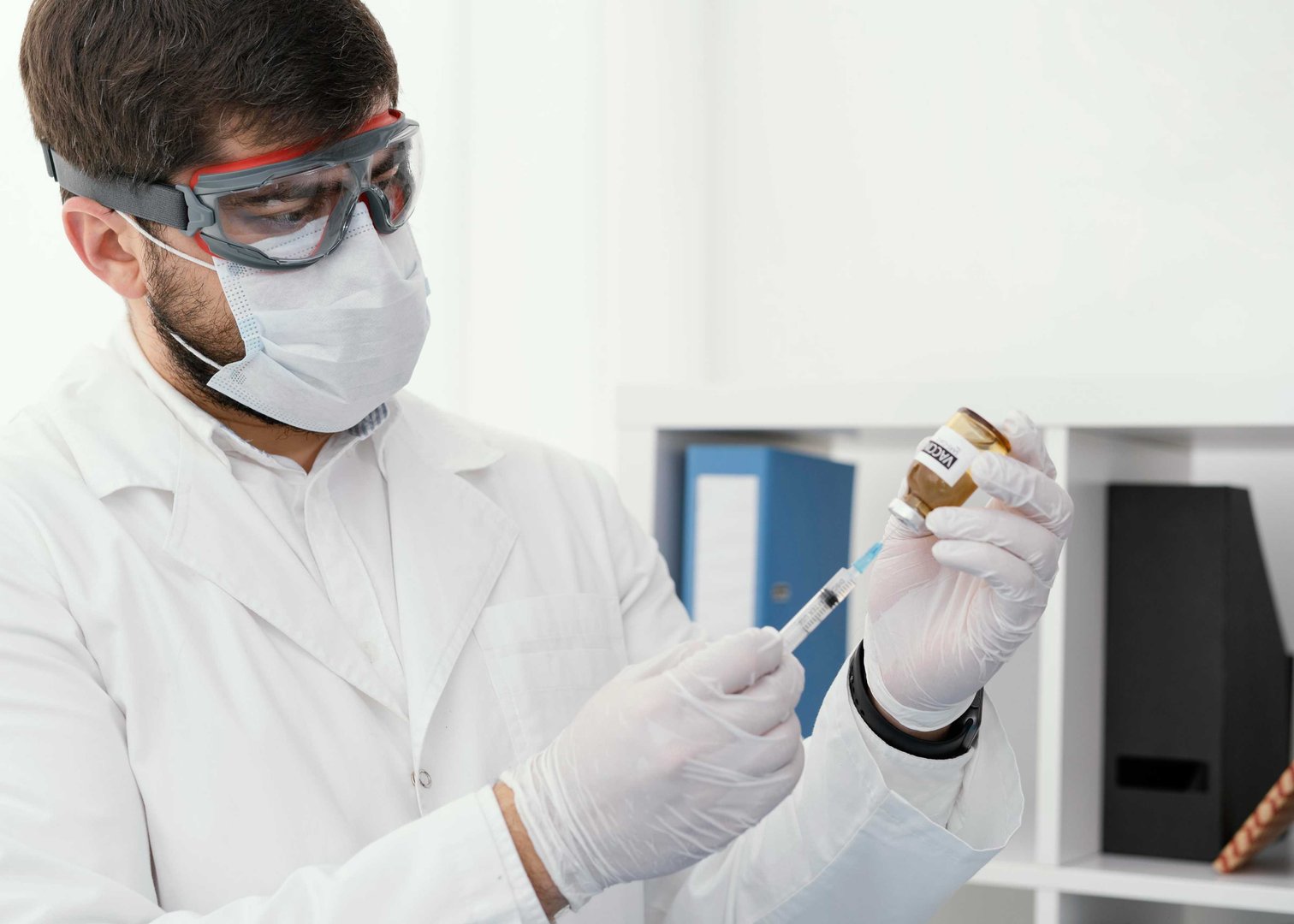
Cost & Accessibility Of Treatment
The price of stem cell therapy for osteoarthritis differs from nation to nation and even from clinic to clinic. In India, it may be between INR 1.5 lakhs and INR 5 lakhs, depending on the method of stem cell storage, if umbilical cord blood banking is employed, and how many sessions are needed. In the US or Europe, this expense may be quite high. Hence, most patients go abroad in search of cost-effective solutions. Accessibility is a major concern as well, since not all clinics are Stem Cell Research-approved or act according to guidelines. Patients get perplexed by multiple providers, and therefore, knowing what is covered in the package (such as stem cell storage and follow-ups) is highly important.
Stem Cell vs Traditional Treatment
| Aspect | Stem Cell Therapy | Traditional Methods (Injections, Medication, Surgery) |
| Target | Repairs cartialge & reduces inflammation | Manages symptoms only |
| Duration | Long-Term benefits | Short-term reliefe |
| Methods | Mesenchymal stem cells, therapy cell, stem cell transplant | NSAIDs, hyaluronic acid injections, steroids surgery |
| Pain Relief | Natural, from tissue healing | Temporary |
| Risks | Swelling, Infections, Variable results | Side-effects from drugs, surgical risks |
| Cost | High (stem cell storage cost, stem cell preservation cost) | Varies, but surgeries are also expensive |
| Accessibility | Limited clinics, requires stem cell research | Widely avaialble |
How To Choose The Best Stem Cell Doctor?
As stem cell therapy is new, the patient must seek clinics engaged in continuous Stem Cell Research and employing specialists in regenerative medicine stem cells. A good physician will discuss all options, such as conventional ones like laser treatment, injections of hyaluronic acid, and osteoarthritis medication, before suggesting stem cells. Always ensure the clinic adheres to ethical stem cell donation and stem cell banking guidelines. Ask if they check for cell viability, what kind of stem cells are employed (adult stem cells or cord blood stem cells), and if they have proper aftercare. Stay away from clinics that promise the world without any clinical proof. One can rely on stem cell doctors in India as they provide the best possible treatment to the patients.
Future Scope Of Treatment
The future of osteoarthritis treatment with stem cell therapy is extremely bright. As more Stem Cell Research is being conducted, the knowledge of how mesenchymal stem cells and umbilical cord blood banking cells function is becoming deeper. Patients may not even require knee replacements in the future because regenerative medicine stem cells can completely rejuvenate joint wellness. There are already studies intertwining stem cells with laser treatment, hyaluronic acid injections, and even gene therapy to improve the outcomes. The capacity for stem cell storage and preservation facilities will also increase, allowing for more available treatments. With greater awareness and a decrease in stem cell storage expense, this may become a standard treatment for osteoarthritis as well as for rheumatoid arthritis treatments, gout arthritis, and other joint disorders.
Summary
Overall, osteoarthritis is a painful and restrictive disease, and conventional osteoarthritis medicine only has temporary effects. Stem cell therapy is a powerful new approach that goes beyond symptom management to actually help with cartilage repair, inflammation treatment, and long-term pain relief. By using mesenchymal stem cells, adult stem cells, and even umbilical cord blood banking sources, this treatment has shown great promise in restoring knee joint function and improving life quality. Although it is not risk-free, and the cost of stem cell preservation can be steep, the prognosis for regenerative medicine stem cells is extremely promising. With advancing Stem Cell Research and developments, patients with osteoarthritis now have more hope than ever.



